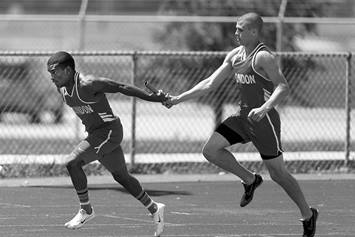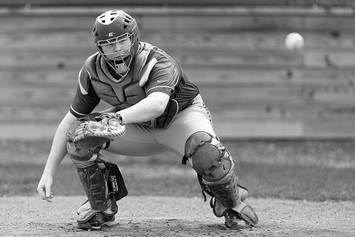Knee Sprain
Knee sprains happen when the tissues that connect and support bones around the joint stretch or tear.
What Is a Knee Sprain?
Knee sprains can be serious injuries that occur from a stretch or tear of the ligaments in and around the knee.
Ligaments are string-like bands of tissue that connect your bones and create stability for the joint.
There are four main ligaments of the knee that most often are damaged. They are:
- Anterior Cruciate (ACL)
- Posterior Cruciate (PCL)
- Medial Collateral (MCL)
- Lateral Collateral (LCL)
The ACL and PCL are located inside the knee joint. The MCL and LCL are located on the sides of the knee joint.
What Causes a Knee Sprain?
- Knee sprains can be caused by non-contact twisting of the knee.
- A direct blow to the knee.
What Are the Symptoms of a Knee Sprain?
- Immediate pain in the knee after a direct blow or twist.
- Pain with movement or activity in the knee.
- Swelling in the knee.
- Walking with a limp or a feeling that the knee is going to “give out” with standing and walking.
- The feeling of a “pop” or “snap” felt in the knee when the injury occurred.
- Inability to fully bend or straighten the knee.
What Can I Do to Feel Better?
- Rest. Do not do things that cause pain.
- Ice for 15-20 minutes at a time will help decrease swelling and pain.
- Compression using an ace wrap or knee sleeve can be helpful to decrease swelling and pain. If using a wrap, be sure to start below the knee and finish above the knee.
- Elevation. Prop the leg up so that the knee is higher than the heart.
- If walking is painful, crutches are often recommended to allow for optimal healing.
When Should I See a Medical Professional?
- Significant pain or swelling in the knee.
- If rest, ice, compression and elevation are not improving the condition.
- If you are unable to put weight on your leg.
- If you are unsure about the severity of the condition.
Medical Reviewer: Jesse Parthemore, AT, ATC, MS, Nationwide Children's Hospital
Date Last Reviewed: 9/18/2025
The information provided here is only for general reference and should not take the place of medical care or patient education. If you have any questions, please call your child's care team.




